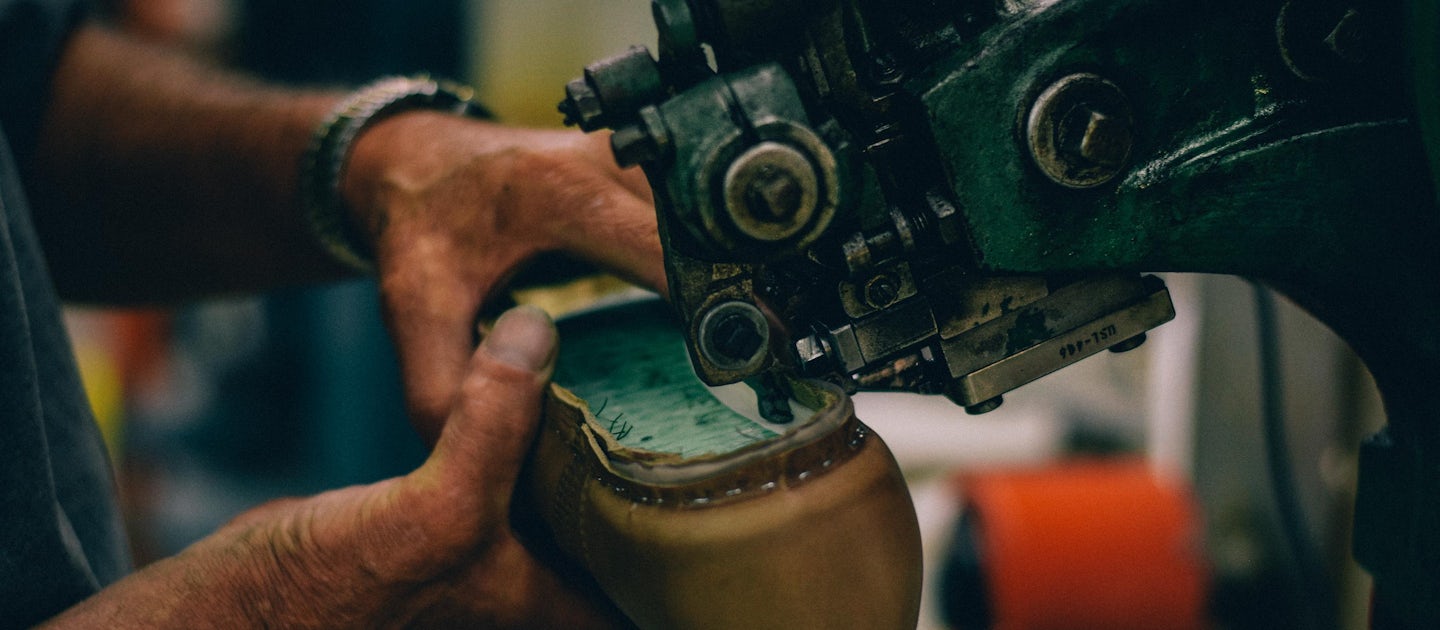
More ThanMade in USA™
Our Commitment to the Craft
Know the Difference
| Manufacturing Practices | “Made in USA” | Made in USA |
|---|---|---|
| Meets the minimum FTC requirements to claim “Made in USA” | ✓ | ✓ |
| Assembles 100% of shoe or boot in the USA, from heel-to-toe | × | ✓ |
| Acquires all materials domestically or from Preeminent Suppliers1 | × | ✓ |
| All components are crafted by hand, not pre-assembled overseas | × | ✓ |
| Uses domestic sources for boxes, packaging, and printed materials | × | ✓ |
| Produces all shoe care products and accessories in the USA | × | ✓ |
| Entire product line is made in USA, not just a few “heritage” styles | × | ✓ |
| 1Preeminent Supplier: We only procure materials from overseas manufacturers with 10 or more years of continuous operation, headquartered in a nation ranked as ‘Very High’ by the United Nations Human Development Index. | ||

It’s slow.
It’s expensive.
And we wouldn’t have it any other way.
Hides with Bona Fides
All our footwear is crafted using leather sourced from the world’s leading tanneries. Each of our tanneries produces leather with proprietary, time-honored tanning processes and has been in continuous operation since 1945 or earlier.
C.F. Stead Sheepscar
Leeds – EnglandTannerie D'Annonay
Annonay – FranceSeidel Tanning Corp.
Milwaukee – USA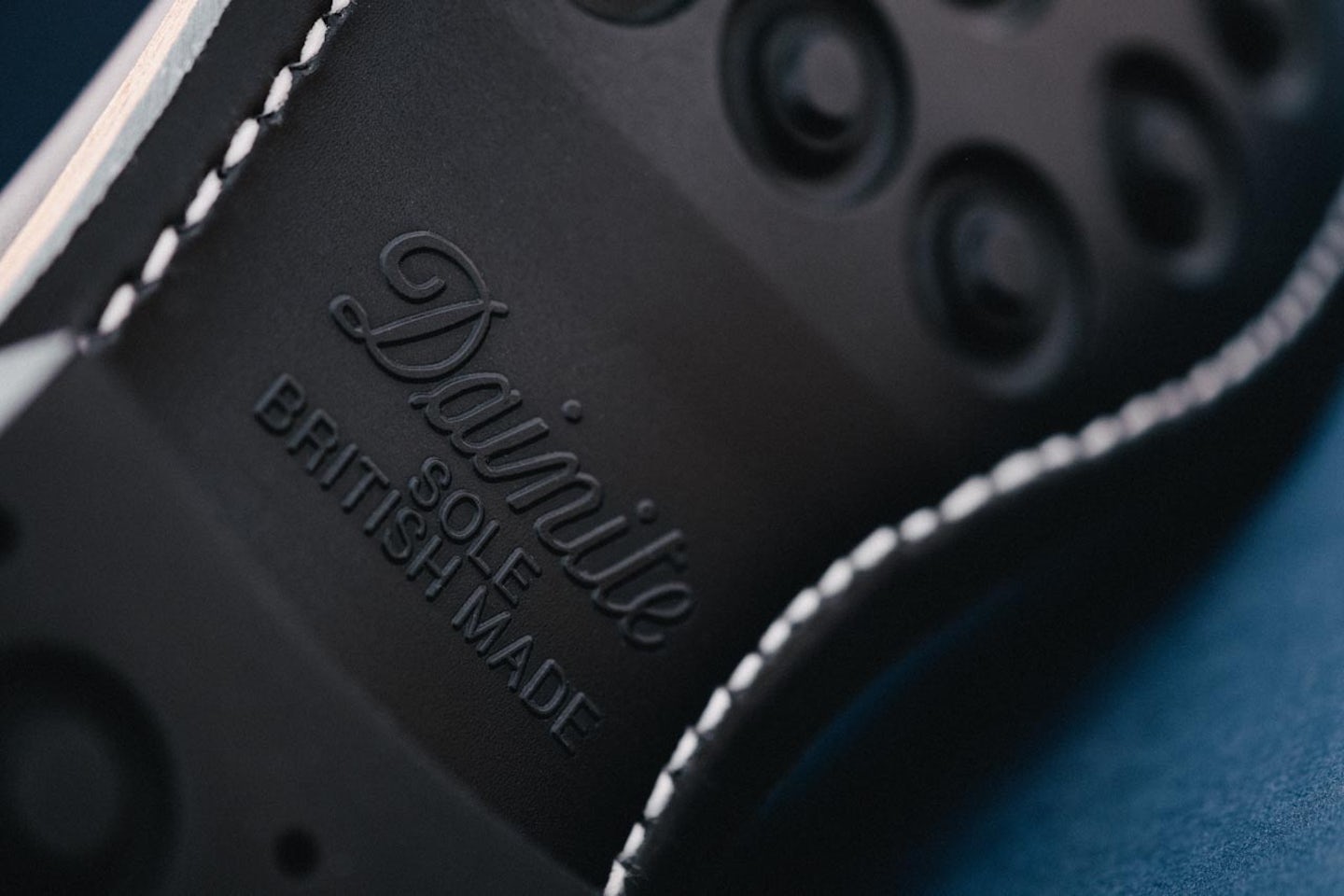
Not Afraid to Bare Our Sole
All our leather soles and stacked-leather heels are made right alongside our footwear. Our branded rubber Camp Soles and Boat Soles are made in a Vibram® factory. When it comes to specialty rubber soles, we also use British-made studded soles from Dainite® and Commando® soles from Itshide®—and a variety of rubber outdoor soles from Vibram’s factory in Italy.
The Parts You Never See But Always Notice
We take great care in selecting all our materials—including those most will never see. For example, we source our welts from the Barbour Welting Company in Massachusetts, the foremost innovator in welts since 1892. You’ll never see the Barbour logo in your boots but you’ll appreciate their craftsmanship every time your feet stay dry in the rain.
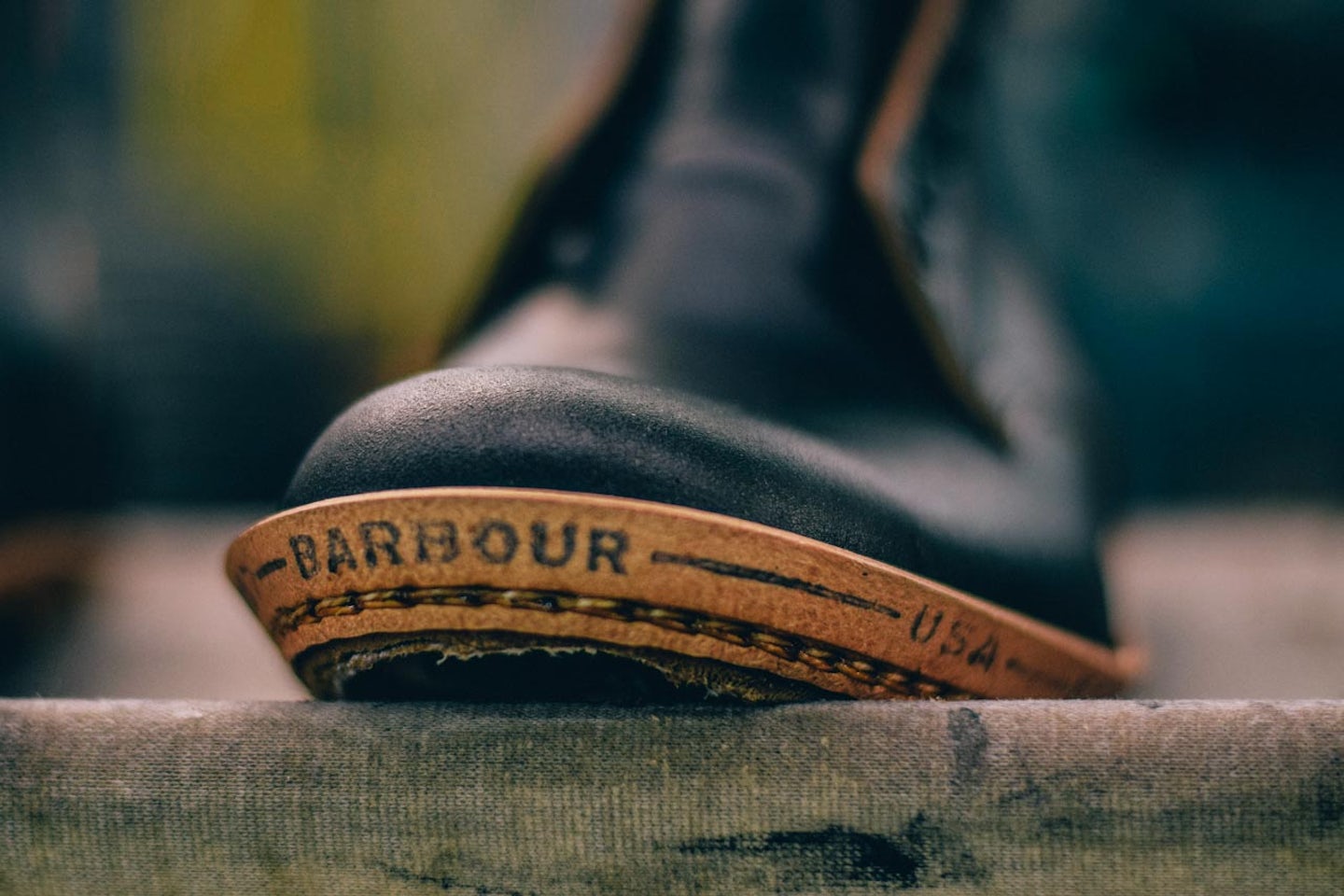

A Chain of Many Links
Our domestic supply-chain includes far more than tanneries and welt makers. Every day, we trade with die makers, lace distributors, metalsmiths, brushmakers, purveyors of waxed thread—a pantheon of people whose livelihoods depend on the support of companies like us and customers like you. These are highly-specialized small businesses and, in many cases, they are the sole-remaining domestic resource capable of providing their goods or services.
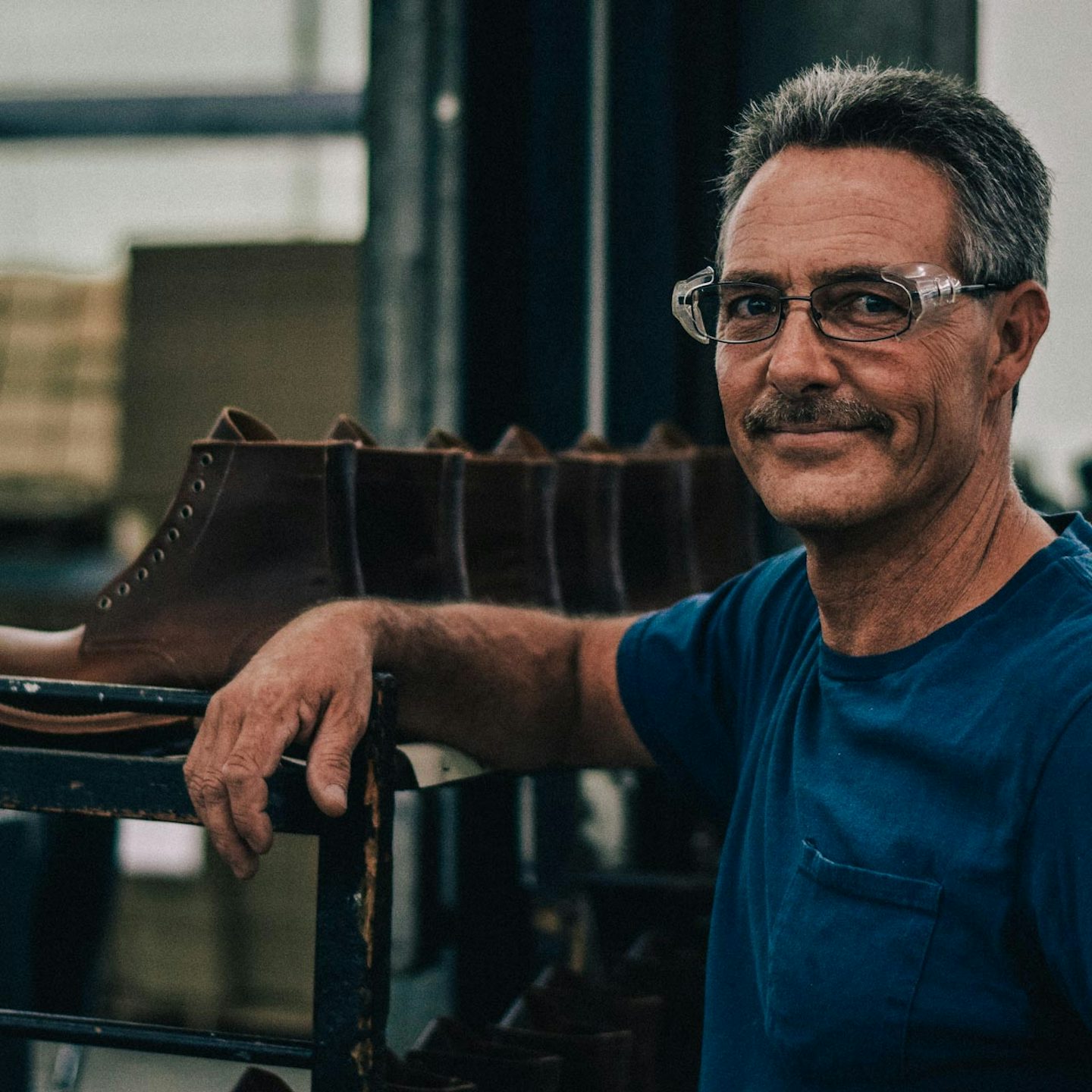
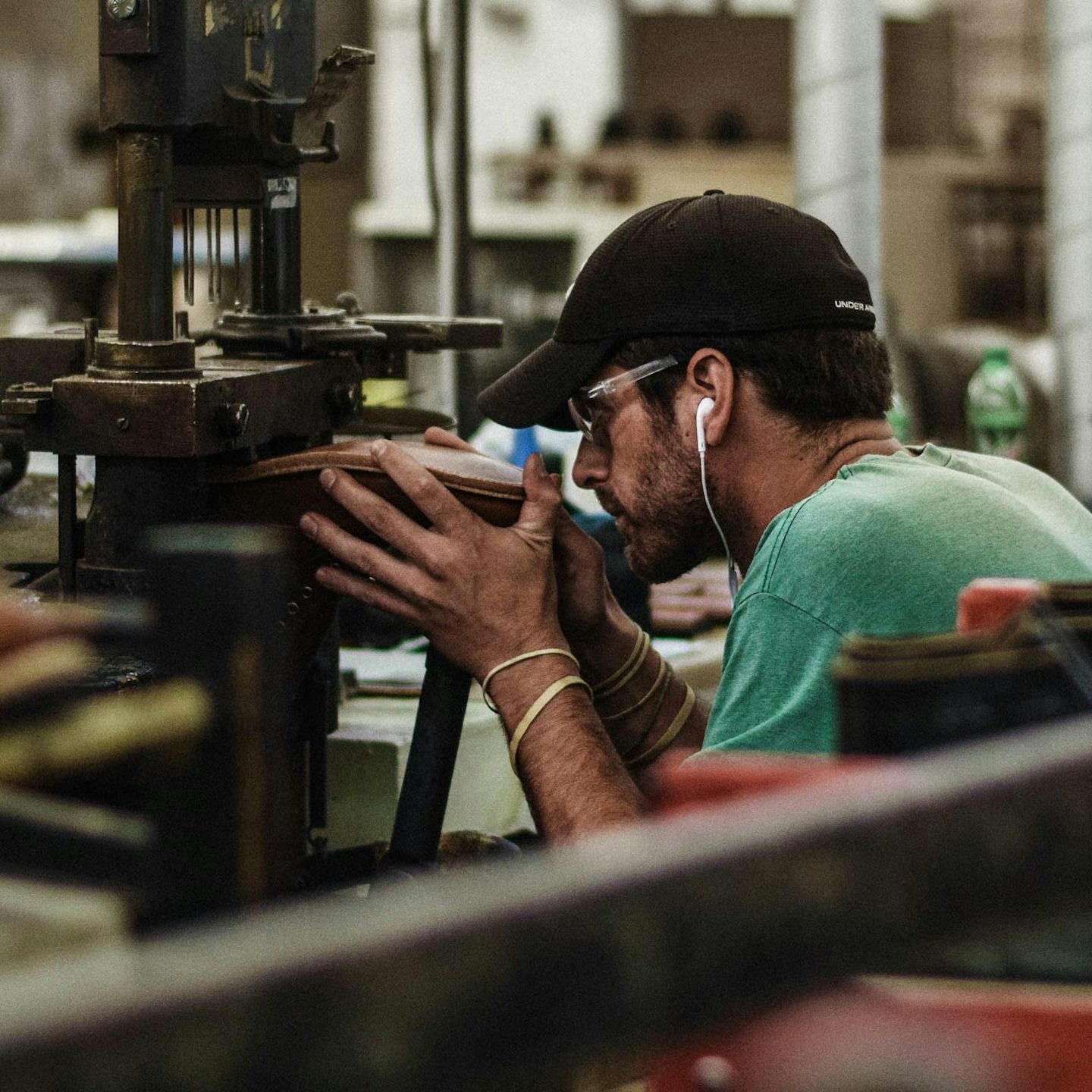
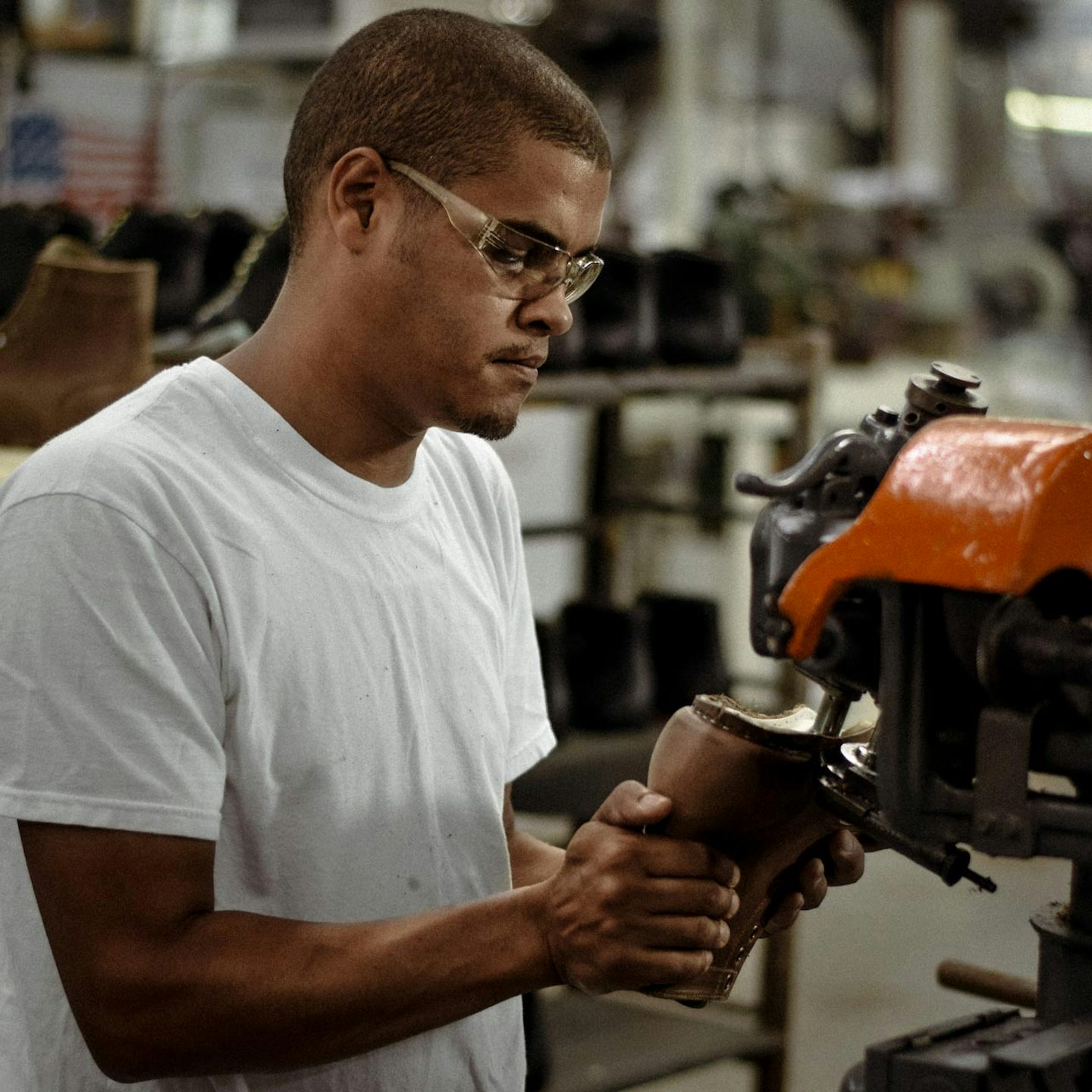
The Next Chapter
Unfortunately, nothing on Skillshare teaches the safe and effective operation of a 1945 Landis #12 E Sole Stitcher. That may change one day but until then, the best way to learn is at the side of someone who's been using one for a decade or two. There aren't many people who have the know-how to make a good pair of boots, which is precisely why it's so important to support those who do—and those who want to learn. The story of American shoemaking is one of ingenuity, ambition, and more recently, perseverance. Help us make sure this latest chapter won't be the last.
